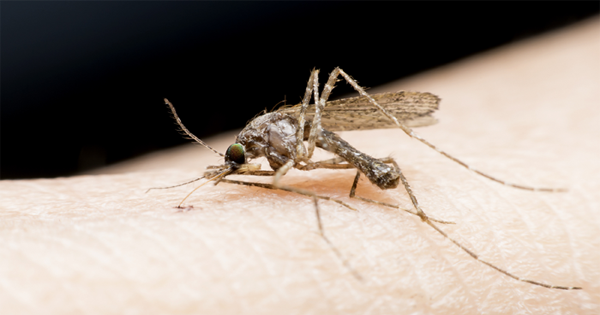The growing health concern over Zika and its transmission has prompted the Centers for Disease Control and Prevention to begin strongly advising people to buy and use more bug spray.
This new suggestion isn’t meant to instill fear. Rather, it’s meant to protect more people from infection since mosquitos that carry Zika can now be found across most of the nation. Local transmission, though previously uncommon in the States, may gradually become a reality.
Deputy incident manager at the CDC, Michael Beach, thinks putting on bug spray “needs to be the same as putting on sunscreen or brushing your teeth.” He and others at the CDC are so insistent upon this new practice because “from a reproductive-health standpoint…the birth defects are so horrendous in nature.”
The CDC hopes that if people begin to use bug spray more regularly, they can protect themselves from infection, thereby lowering the number of and avoiding birth defects.
Local transmission is not as widespread in the States as it is in countries like Puerto Rico, but several hundred women in the United States have contracted Zika through travel or from their partners who traveled.
New York City has responded to these rising numbers by launching a three-year Zika-control program that will test, monitor, and eradicate the virus. Drugstores are using new, Zika-focused ads to promote their bug spray products, and signs in the subway are also encouraging people to “Fight Back” against Zika by using bug spray and not keeping standing water.
While most people are in the practice of using bug spray in the evening and night hours, when mosquitos are typically known to bite, the CDC strongly advises everyone to always use bug spray. The Aedes mosquito that transmits the Zika virus can also be active throughout the day and survive indoors.
The best way to protect yourself is to follow the CDC’s new advice: vigilantly use bug spray.





